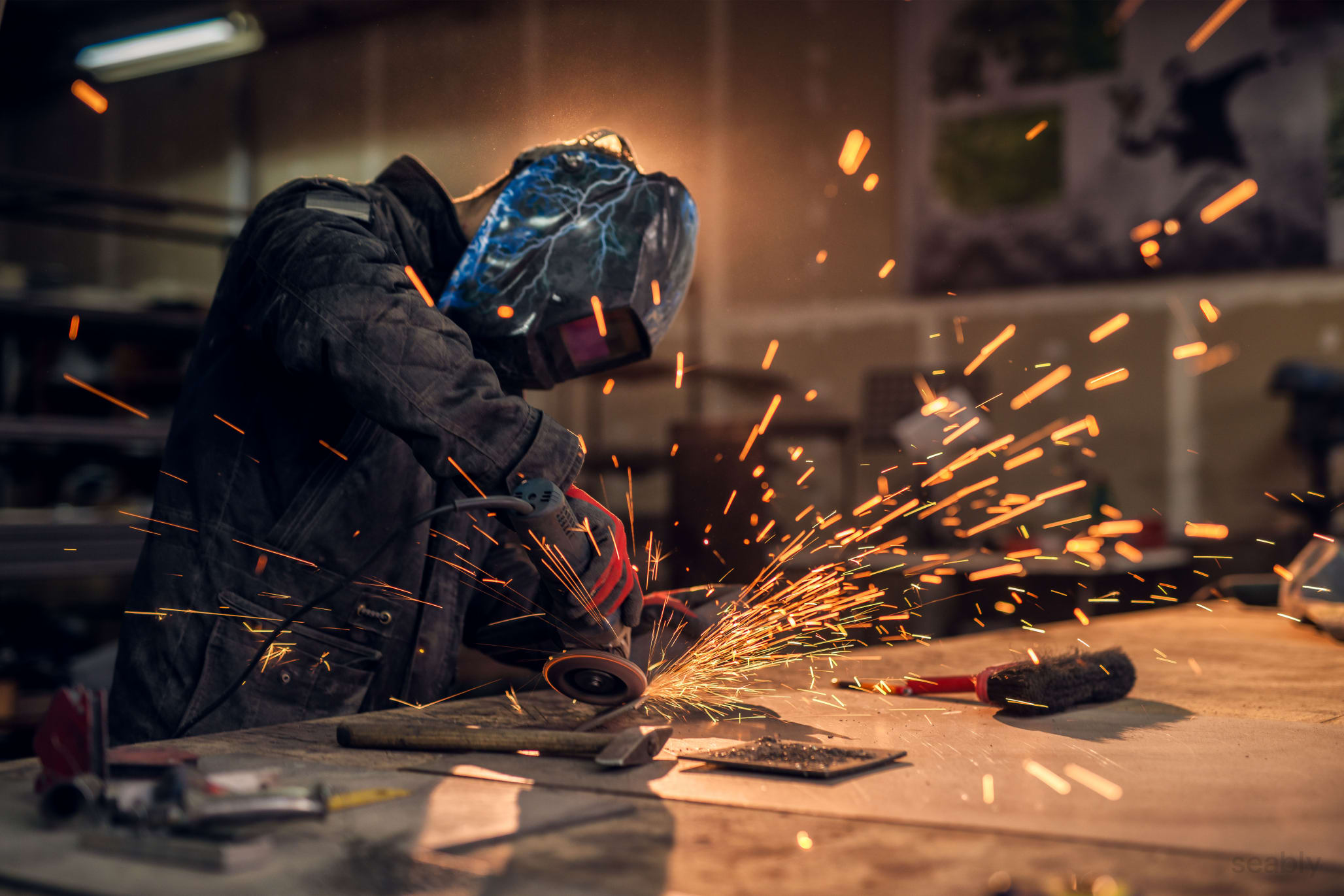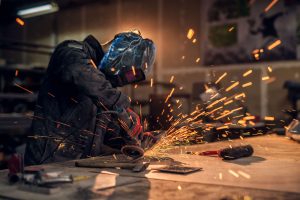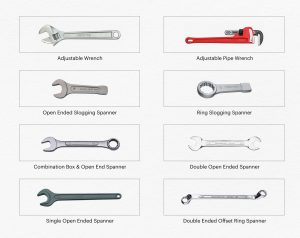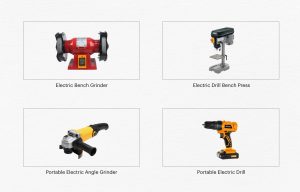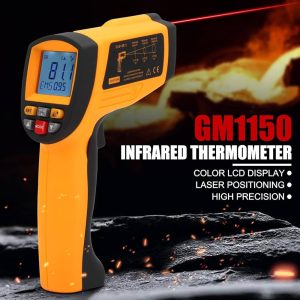The ship engine room serves as its mechanical and operational heart, housing critical machinery like engines, generators, and compressors. Maintaining these systems requires a range of specialized tools and instruments designed for mechanical, electrical, and hydraulic applications. Marine engineers use these tools for diagnostics, repairs, and routine maintenance to ensure safe and efficient ship operations. These tools not only facilitate quick and precise problem-solving but also help in adhering to international safety and operational standards. By employing the right tools, engineers can extend machinery life, minimize downtime, and enhance overall vessel performance. This article explores essential tools and instruments commonly found in a ship’s engine room, highlighting their functions, real-world applications, and contributions to operational reliability.
–
Essential Mechanical Tools in the Engine Room
Marine engineers rely heavily on mechanical tools for tasks like tightening bolts, dismantling engine components, and repairing mechanical faults. These tools enable routine maintenance and emergency repairs under challenging sea conditions.
Hand Tools
- Wrenches and Spanners: These tools are essential for tightening or loosening nuts and bolts on various engine components like fuel pumps, turbochargers, and compressors.Example: During a cylinder head replacement on a two-stroke marine engine, engineers use a combination of adjustable wrenches and spanners to secure connecting rods and crankshaft components.
- Socket Sets: These are used for precise tightening in confined spaces, such as engine cylinder heads and valve covers.
- Screwdrivers: From electrical repairs to machinery adjustments, screwdrivers are indispensable in the engine room.
- Torque Wrenches: Proper torque application prevents mechanical failures. For example, torque wrenches are critical when installing fuel injectors to avoid over-tightening or under-tightening.
Power Tools
- Impact Wrenches: Used for high-torque tasks like removing propeller nuts or engine mounts, impact wrenches allow quick disassembly of large bolts.
- Angle Grinders: Essential for cleaning corroded surfaces, removing rust, and cutting metal components during maintenance or repairs.
- Drilling Machines: Drills are used for creating or enlarging holes when installing or repairing engine room equipment.
Case Study: During a fuel pump overhaul on a bulk carrier, engineers used an electric impact wrench and angle grinder to disassemble the pump housing, reducing repair time by 30%.
Measuring and Calibration Tools
Precision is crucial in the engine room to ensure components function efficiently and within safety limits.
- Vernier Calipers and Micrometers: These instruments are used for measuring cylinder liner wear, piston ring gaps, and shaft diameters.
- Dial Gauges: Used for checking crankshaft alignment, bearing clearances, and engine shaft run-out.
- Feeler Gauges: Engineers use these to measure gaps between mating surfaces, such as valve seats and rocker arms.
- Outside and Inside Micrometers:Used in ship engine rooms to measure the external dimensions of components such as shafts, bearings, or cylindrical parts with high precision. Essential for ensuring proper fit and alignment in mechanical systems. Utilized to measure internal dimensions, such as the diameter of cylinders or boreholes, ensuring components meet the required tolerances and specifications for efficient engine operation.
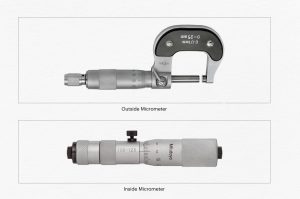
Example: During a planned maintenance inspection, an engineer aboard a gas carrier used micrometers to measure cylinder liner thickness and assess wear, ensuring the engine could continue operating safely.
–
Monitoring Instruments in the Engine Room
Monitoring instruments play a vital role in tracking key engine parameters such as temperature, pressure, and vibrations. Continuous monitoring ensures that engineers can detect and address potential issues before they escalate.
Pressure Gauges
Pressure gauges measure fluid pressure in essential systems like fuel injection, lubrication, and cooling water circuits. They help prevent critical issues such as overheating and low oil pressure. Engineers monitor fuel line pressure to optimize combustion and avoid engine knocking.
Vibration Monitors
Excessive vibrations can signal problems like misaligned shafts, worn-out bearings, or damaged gears. Vibration analyzers help detect early signs of misalignment or loose couplings in the main engine, allowing preventive maintenance. Case Study: An engineering team on an oil tanker used a vibration analyzer to detect excessive vibration in the ship’s generator shaft. Early detection helped avoid a costly generator overhaul during its next voyage.
Thermometers and Pyrometers
Temperature monitoring is essential to avoid engine overheating and maintain proper combustion efficiency.
- Bimetallic Thermometers: Installed in cooling water pipelines and heat exchangers.
- Infrared Thermometers: Allow engineers to measure temperatures from a distance, especially in areas like turbocharger exhaust manifolds.
- Pyrometers: These measure exhaust gas temperatures, ensuring the engine operates at peak efficiency.
Example: A marine engineer on a container ship used a pyrometer to detect an abnormally high exhaust temperature, indicating a clogged turbocharger filter, which was quickly replaced to avoid power loss.
The safe and efficient operation of a ship’s engine room relies on a wide range of tools, instruments, and specialized equipment. From hand tools and power tools used in daily maintenance tasks to precision instruments for monitoring pressure, temperature, and vibration, these resources are indispensable for marine engineers. By mastering the use of these tools and ensuring they are well-maintained, ship engineers can effectively troubleshoot mechanical failures, maintain optimal engine performance, and reduce downtime in the demanding maritime environment. In the ever-evolving maritime industry, investing in high-quality tools and regularly updating skills is essential for maintaining safe and reliable ship operations.

